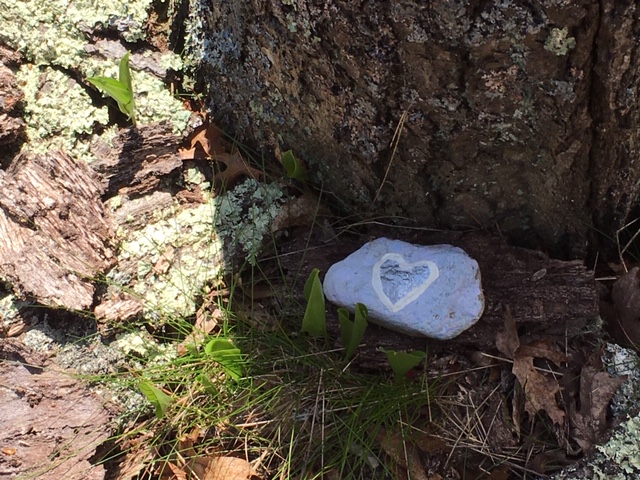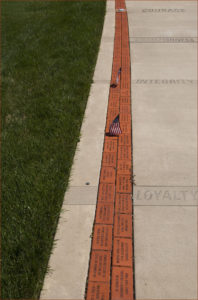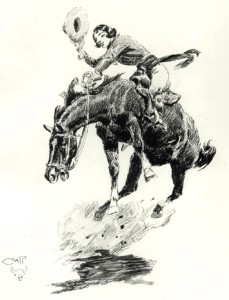 On occasion, a prospective client will ask “How much money has your company helped your clients raise?”
On occasion, a prospective client will ask “How much money has your company helped your clients raise?”
That’s a tricky question, because the truly honest answer is, “I don’t know.”
Some clients hire us simply to provide profiles and we don’t usually hear what happens after the fact.
If we’re working with clients on a dedicated basis – meaning that one of our team works with them side-by-side over a period of months or years – it’s a lot easier. We can trace the donations of the people we’ve identified for them and come up with a figure. Or, as happens more frequently, the fundraiser we’re working with calls to celebrate the donation – and that’s like the sun beaming through after a full week of rain. Pure joy.
We also do prospecting projects, of course, by hand and through our Data Insight team. But again, we rarely hear the long-term results of those projects 18-24 months down the road (the usual time from identification through cultivation to gift).
We would love to hear, of course, but as is the way of things, our clients are focused forward, not back.
And also, (going back to the original question), when you work in prospect development you’re entirely at the mercy of the action and skill of the fundraiser, dean, executive director, volunteer, etc., to convert that prospect to a donor. You could identify the Gates Foundation for a world-class malaria and TB charity with a connection to a program manager, but if the fundraiser doesn’t act on the prospect, that research work had zero impact.
Of course, prospect development often does have a huge impact, and there are lots of ways we can measure it, including…
- Number of new prospects identified
- Number of prospects identified who went on to make a gift (and why? what did they have in common?)
- Estimated capacity of newly-identified prospects
- Number of reports completed
- Number of prospects rated and assigned
…and more. But those ways are presented in statistics, produced at our desk, provided monthly or annually in a report. Not the most super-exciting reading for the recipient, nor is the report something that generally causes the reader to call the research manager to exclaim their praises. But, you know, those stats can be kind of a big deal.
What we need, especially now, are examples of ways to communicate and celebrate the impact of prospect development.
Many times staffers will hear exciting news about a big gift in office kitchens or hallways before the monthly announcement at the all-staff or major gifts meeting. But with a pandemic going on and all of us working remotely, those moments of shared joy aren’t happening. We’re cut off from colleagues, physically isolated, and working in a vacuum. It’s hard for those moments of celebration to happen. Which means it’s even harder for staff to stay motivated and feel part of the big picture.
So especially now, when those gifts happen, how can leaders share them? How can fundraisers help prospect development folks feel valued? How can PD managers keep their teams motivated? We need to find every way we can. And honestly, the endorphins that flow with sharing that kind of joy is good for all of us, sharer and recipient alike.
How does your team creatively share celebrations now? How do you as a manager make sure that your team stays inspired – and credited – for their part in making those moments of success happen?






